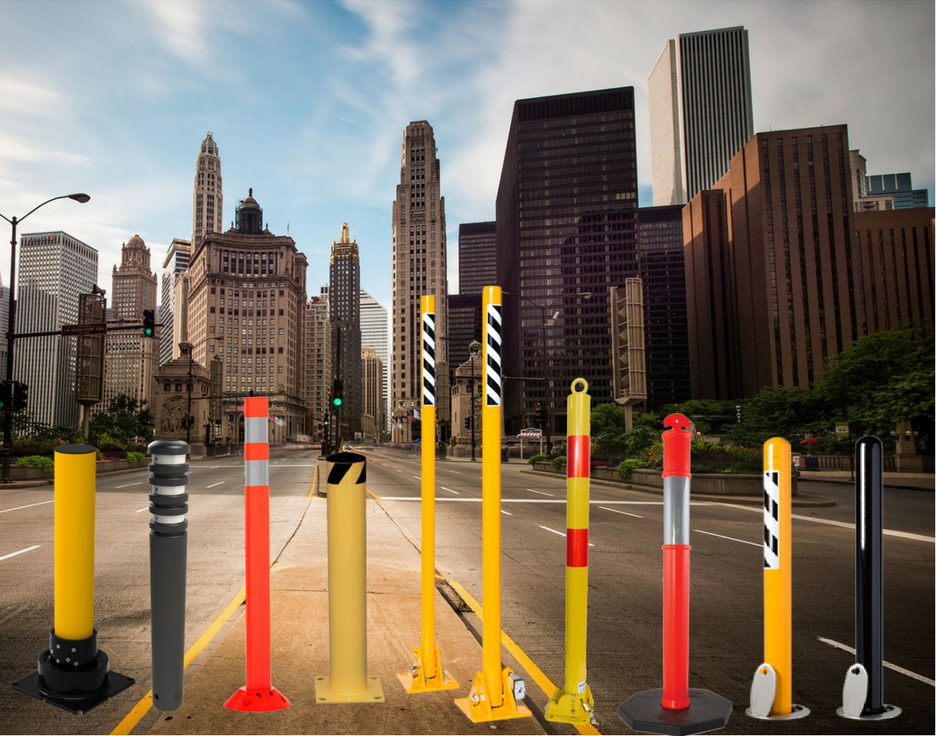Building Impact Protection
Post by
Trafficguard
Mar 29, 2016 12:00:00 AM ·
1 min
read




